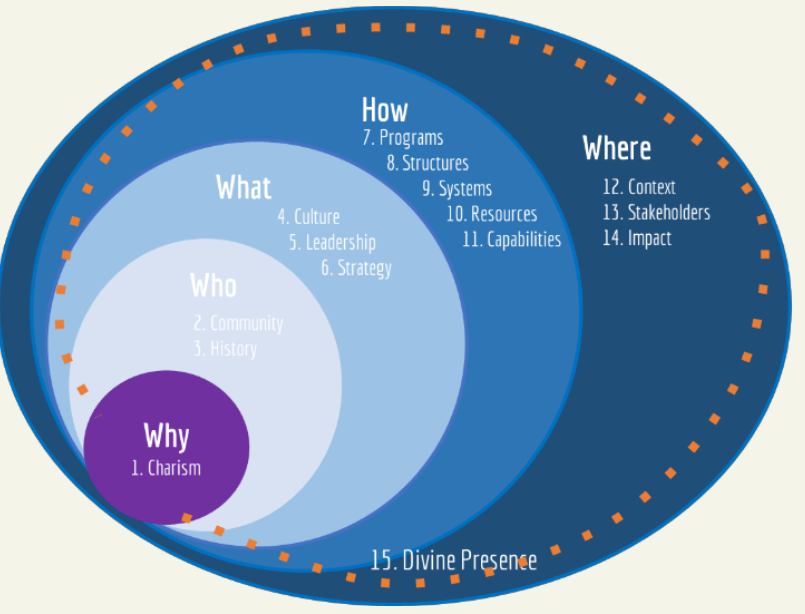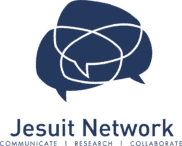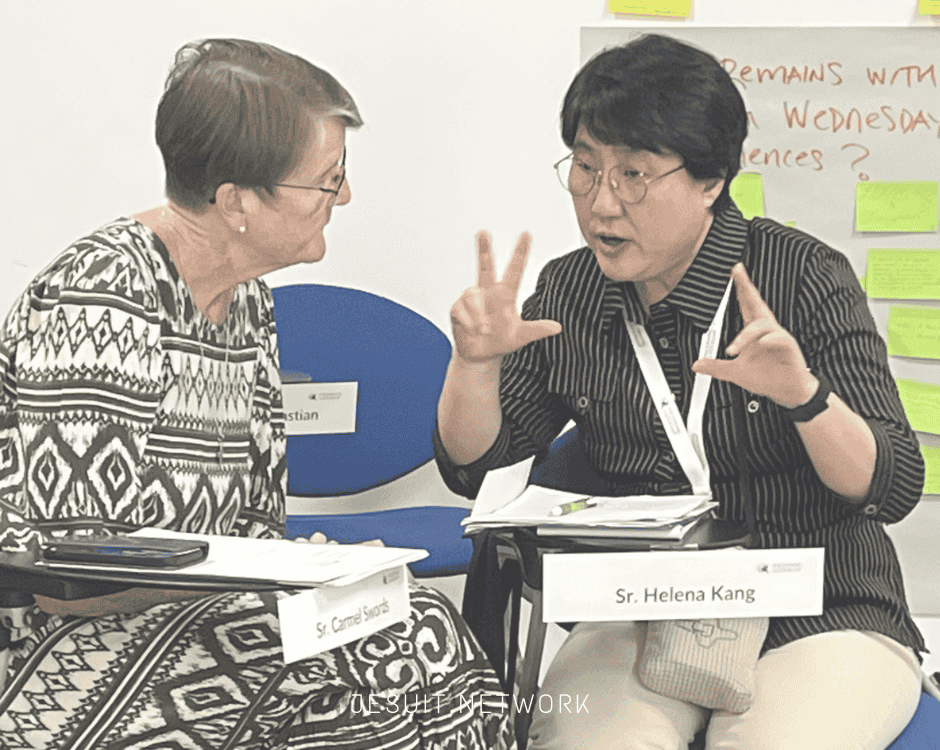This website uses cookies so that we can provide you with the best user experience possible. Cookie information is stored in your browser and performs functions such as recognising you when you return to our website and helping our team to understand which sections of the website you find most interesting and useful.
A Theological Model for Organizations
Amidst the intricate tapestry of organizational life, pastoral leaders and administrators frequently find themselves entangled in the daily whirlwind, at times losing sight of the broader canvas that envelops their institutions. While many business models provide partial insights into organizations, they often fall short in grasping the essence of these multifaceted entities. On the flip side, spiritual perspectives, including religious doctrines, though profoundly meaningful, may sometimes appear distant from practicality. This article introduces an integrated model, a collaborative effort led by Discerning Leadership Faculty members Christina Kheng and Anjet Van Linge, with the aim of bridging this divide. It offers a comprehensive theological framework for a more profound comprehension of organizations.

An Integral View of Organizations
The proposed theological model originates from the premise of God’s loving action in the creation, sustenance, and salvation of the world. Just as the Gospel of John reminds us of the Word becoming flesh, organizations are seen as extensions of God’s life-giving work. This communal endeavor is at the core of all creation, reflecting the ultimate unity that all humanity is destined to achieve. This model encompasses diverse entities, from religious congregations to schools, healthcare institutions, parishes, and even secular businesses. It introduces five levels with 15 key elements, each crucial for understanding the “Why,” “Who,” “What,” “How,” and “Where” of an organization.
The “Why” of an Organization
- Charism: Often considered an organization’s DNA, the charism is the unique manifestation of the divine Logos, representing the core mission and vocation. It is the guiding light, offering direction and purpose, enabling the organization to thrive and adapt in changing contexts.
The “Who” of an Organization
- Community: Organizations comprise communities that share a common calling and giftedness within the organizational charism. The care of the community extends to individuals, fostering their well-being, growth, and development. The community, as a whole, requires attention, nurturing relationships, fostering teamwork, and addressing the arrival and departure of members.
- History: The unique journey of an organization, shaped by its past, influences its present identity. Past events, crises, and legendary figures further elucidate the organization’s charism, creating an enduring narrative that influences its culture and paradigms.
The “What” of an Organization
- Culture: Organizational culture is an amalgamation of paradigms, beliefs, and attitudes that shape behaviors and decisions. It is molded by the “Why” and “Who” of the organization but can evolve through new experiences and members.
- Leadership: Leadership, both formal and informal, plays a pivotal role in shaping culture. It involves steering the organization, governance, and decision-making. Leadership should operate in humility, dialogue, and service, reflecting a trinitarian approach.
- Strategy: Leadership is also responsible for shaping and implementing clear and relevant strategies that align with the organization’s mission and purpose. A communal discernment approach is vital in determining the strategy to ensure collaboration and alignment with the divine will.
The “How” of an Organization
- Programs: Strategies are manifested through specific programs and ministries, which are the tangible expressions of the organization’s mission.
- Structures: To ensure program effectiveness, suitable structural organization is crucial, defining roles, responsibilities, and regulations.
- Systems: Organizational systems support daily operations, including collaboration, decision-making, finance, resource management, and information handling.
- Resources: Material and non-material resources are necessary to implement programs and sustain the community.
- Capabilities: Personnel competencies are essential to the organization’s work, ensuring continuity in the charism’s expression.
The “Where” of an Organization
- Context: The surrounding environment, including social, economic, and cultural factors, influences the organization. Regular discernment of the “signs of the times” is crucial for aligning with the divine plan.
- Stakeholders: The organization’s relationships with relevant groups impact its life and mission.
- Impact: The organization’s presence and actions have an impact on the world, and its alignment with the charism and strategic priorities should be regularly assessed.
The Divine Presence
- Underlying all elements of the organization is the belief that God dwells in all things and manifests the divine presence through every part of reality. Collaboration with God requires a contemplative disposition and an orientation toward the greater good.
Conclusion
This theological model highlights that leadership and administration are not separate from religious work but integral to it. All 15 elements are interconnected and interdependent, contributing to the organization’s fruitfulness and flourishing. Understanding this model can guide organizations in both stable and turbulent times, helping leaders to leverage strengths and address areas for improvement.
Practical Applications of the Framework
The framework can be applied to diagnose issues, manage change, conduct regular evaluations, and assist leaders in adopting a more discerning stance. By understanding which elements pertain to specific problems, organizations can identify underlying causes and resolve issues effectively. The model also helps in evaluating the alignment of new strategies, conducting regular organizational assessments, and ensuring a balanced leadership focus on different elements of the organization. Ultimately, this theological model offers a comprehensive guide to managing and nurturing organizations with a focus on their divine purpose and mission.
You can access the organizational model in English by clicking here.





